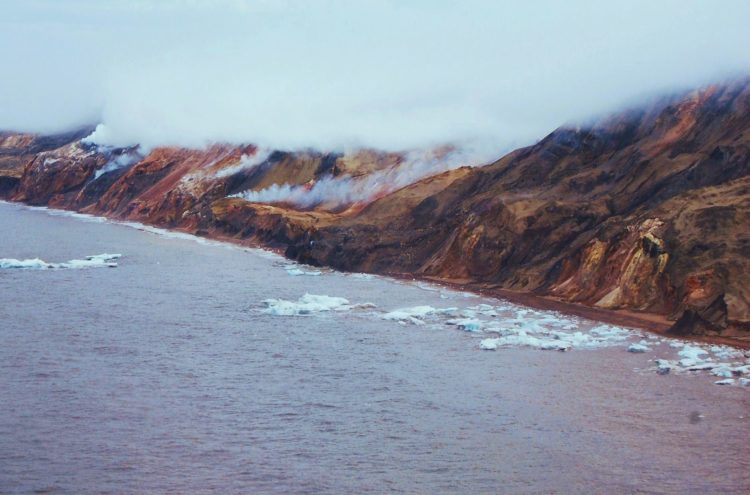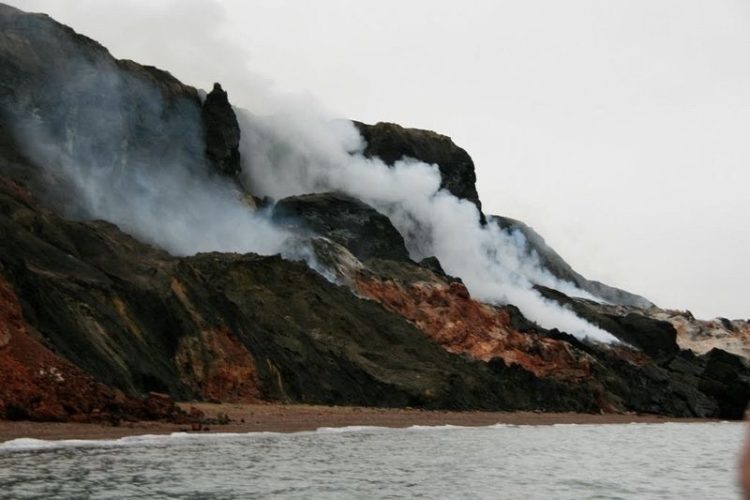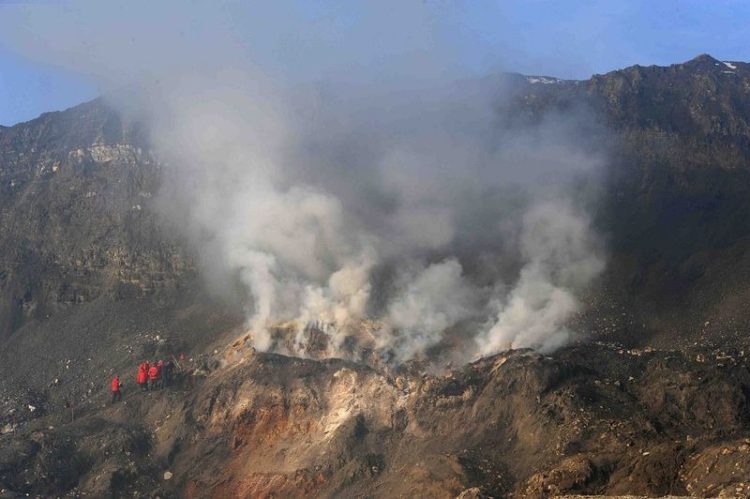The smoking hills are well believed to have been burning for centuries and will do so for many years to come. Most people perceive the Arctic as a clean, pristine environment, but the Smoking Hills, located 350 km east of the Mackenzie Delta, is a natural source of air pollution.
In 1850, British Captain Robert McClure was sent on an expedition aboard the Investigator to the Arctic to pursue the lost expedition of Sir John Franklin who had departed England 5 years earlier. It was the second exploration party that went searching for the 129-crew Arctic exploration team, and one of several dozens that were to follow for the next four decades.
Therefore, the Investigator sailed north through the Pacific and entered the Arctic Ocean by way of Bering Strait, sailing eastward past Point Barrow, Alaska to in due course link up with another British expedition from the northwest. When McClure’s exploration party reached the mouth of the river Horton on the Beaufort Sea near Cape Bathurst in Canada’s Northwest Territories, he observed smoke in the distance.
He is suspecting the smokes could be coming from campfires, maybe from Franklin, McClure at once sent a search party to investigate. The party found not flames from Franklin’s campfires, but thick columns of smoke emerging from vents in the ground. The sailors get back with a sample of the smoldering rock, and set it down on McClure’s desk it burned a hole in the wood.
He thought that rocks were volcanic, but the fact was something else. The mountains contain actually large deposits of sulfur-rich lignite (brown coal) which ignite instinctively when the hills erode and the mineral veins are exposed to the air. The fumes they give off comprise sulfur dioxide, sulphuric acid, and steam, all of which have acidified the surrounding shallow pools making a pocket of distinguishing acidic biota, in contrast to the typically Arctic biota in adjacent alkaline ponds.
Though the soil of the region contains much limestone, the buffer effect has totally disappeared. The adjacent community, “Paulatuk or traditionally spelled Place of Coal”, which is about 105 km east, is named in recognition of the coal found in the area.















